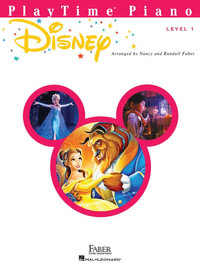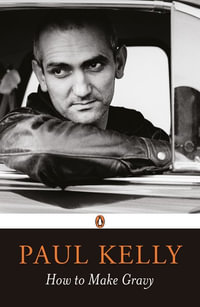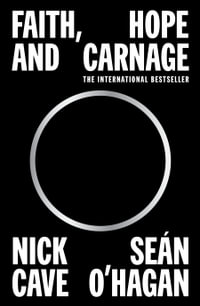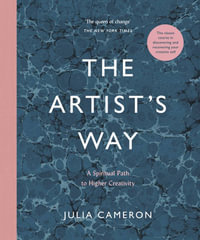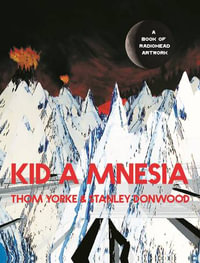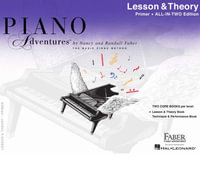This book investigates the changing ways in which composers employed notation and musicians understood it between the middle of the eighteenth century and the start of the twentieth century. While explicit notational practices were increasingly the norm throughout this time, many aspects of performance--even as late as the late nineteenth century--were assumed rather than specified and it was still widely understood that much had to be read between the lines. Furthermore, during the twentieth century the intended implications of many previous notational practices were gradually forgotten and are now generally misunderstood, while others--such as continuous vibrato and the meticulous observance of vertical synchrony and notated rhythms--differ radically from anything the composer might have envisaged.
Drawing upon early recordings, documentary evidence, and the few surviving mechanical instruments, author Clive Brown investigates how we might rediscover the subliminal messages Classical and Romantic music notation was intended to convey to performers and argues that composers' intentions for their notation ought not to be confused with their expectations for its execution. The use of expressive practices that often involve substantial deviations from a conventional modern reading of the notation is not only a legitimate but also an essential element in getting closer to the composer's conception. The following topics are investigated over the course of sixteen chapters: metrical and rhetorical accentuation, dynamics, articulation, string-instrument bowing, phrasing, expression, tempo, tempo flexibility, ornamentation and improvisation, asynchrony, arpeggiation, rhythmic flexibility, sliding effects (portamento), and trembling effects (tremolo, vibrato). The book offers ample evidence to demonstrate that, in many respects, the sound worlds in which Mozart, Beethoven, Wagner, and Brahms created their music were more radically different from ours than is generally assumed.
After it was published in 1999, the first edition of Classical and Romantic Performing Practice 1750-1900 quickly ensconced itself as a must-read for all students, scholars, and performers in historically informed performance. The revised and expanded second edition incorporates new information resulting from the author's continued research and practical experimentation since the publication of the original edition, and has benefitted greatly from his work with a succession of talented doctoral students over the years.
Industry Reviews
"This book will revolutionize the study of music...The book weaves strong patterns from the conflicting habits of different places, people and periods. It doesn't tell you exactly what to do, but inspires a confidence that your own decisions, thus informed, will work."--BBC Music Magazine
"Brown has produced a work of the greatest scholarship and utility....Recommended--required!--for all libraries with music collections serving upper-division undergraduates and above."--Choice
"His substantial book presents many new findings and demonstrates new approaches. Brown has contributed greatly to our understanding of period technique, especially for string instruments" --Notes
"His book offers a wealth of advice and ideas, ideas which should be thought of as creative and enabling, not restrictive."--Early Music Review
"Brown's grasp of primary sources is wide-ranging and scholarly, lavishly illustrated with musical examples, often of unfamiliar repertory. He uncovers many questions and possible answers, which can hardly fail to stimulate the thinking performer."--Gramophone Early Music
"The fact that the book focuses on notation will make it permanently useful, something to consult."--The Musical Times
"This book will revolutionize the study of music...The book weaves strong patterns from the conflicting habits of different places, people and periods. It doesn't tell you exactly what to do, but inspires a confidence that your own decisions, thus informed, will work."--BBC Music Magazine
"Brown has produced a work of the greatest scholarship and utility....Recommended--required!--for all libraries with music collections serving upper-division undergraduates and above."--Choice
"His substantial book presents many new findings and demonstrates new approaches. Brown has contributed greatly to our understanding of period technique, especially for string instruments" --Notes
"His book offers a wealth of advice and ideas, ideas which should be thought of as creative and enabling, not restrictive."--Early Music Review
"Brown's grasp of primary sources is wide-ranging and scholarly, lavishly illustrated with musical examples, often of unfamiliar repertory. He uncovers many questions and and possible answers, which can hardly fail to stimulate the thinking performer."--Gramophone Early Music
"The fact that the book focuses on notation will make it permanently useful, something to consult."--The Musical Times






